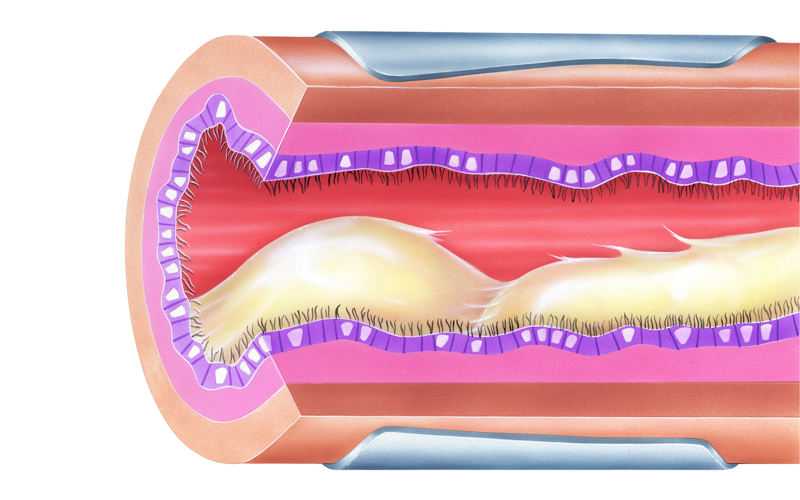This month: Mucus

Why are we putting mucus under the microscope?
The front-line role of mucus means it is often the site of the first symptoms of infection or disease. Understanding how mucus changes can help diagnose illnesses and develop treatments.
What is the latest?
Researchers from Stanford University have developed a system to grow mucus-producing intestinal cells and study the mucus’ characteristics in different conditions. Their platform can explore the effects of pathogens and help develop medications.
How is mucus currently studied?
Researchers looking to study intestinal mucus commonly use lab animals for their experiments. These animals would be given a pathogen or drug and researchers would surgically remove the intestinal mucus to study the effects. This process is expensive, complex, and most importantly, deeply unpleasant for the animals.
What is the Stanford approach?
It involves growing a layer of intestinal cells on a lab plate exposed to air. These produce a layer of mucus that the researchers can easily access for testing. Using a magnetic wire, they measure the consistency of the mucus without affecting its properties.
How have they been using this set-up?
The team simulated an infection by a parasitic worm to observe how the mucus responds.
How could this affect people?
The group is conducting work to study airway mucus, looking at conditions such as cystic fibrosis and acute asthma. They have also started a collaboration to develop drugs to restore a healthy mucus response.
Where can I read more?
Visit bit.ly/44xVChI
Image credit | iStock
